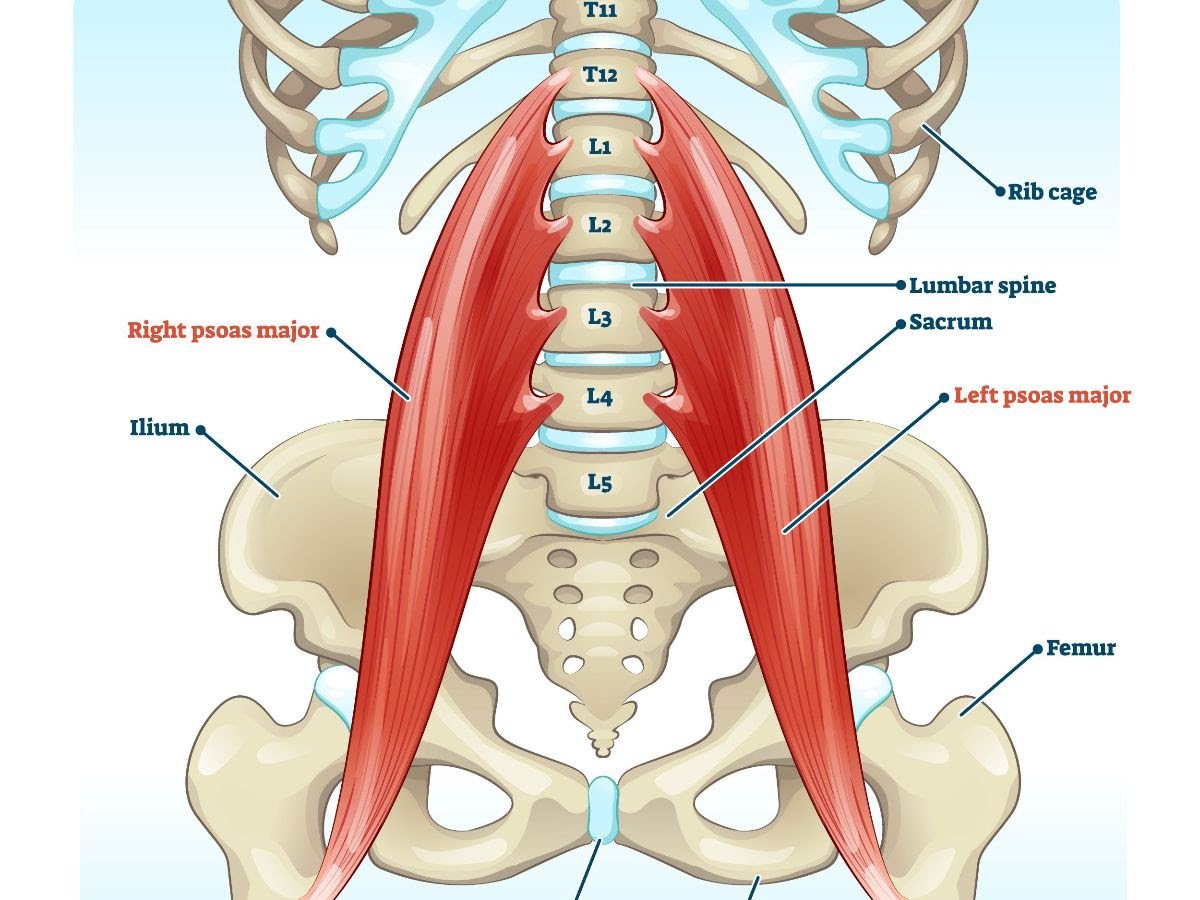Discs Don't 'Slip' They Bulge
5 Steps to avoid damaging your discs
Did you know that there’s no such thing as a slipped disc? These spinal shock absorbers play an important role in spacing and protecting our vertebrae and spinal cord.
And, while they don’t slip, they can bulge, herniate or rupture. Which can be excruciating.
If this has happened to you, our chiropractors can help. But we’d rather you avoid the problem in the first place.
Protect your discs!
Too much bending or flexion of the spine has been shown to cause disc herniation. Many people do sit -ups or crunches to improve their fitness and work on their 'core'. However, this type of flexion exercise can put strain on the spine. So in trying to protect their spine they can actually damage it.
Research by Stuart McGill, a professor of spine bio-mechanics at the University of Waterloo in Canada, shows that sit-ups can squeeze the discs in the spine. Over time they can bulge which presses on nerves, causes pain and can lead to herniation. The US Army is starting to phase out sit-ups. The Canadian Armed Forces have already done this.
Exercise will affect everyone differently. While we can't do anything about our genetics there are 5 steps we can take to minimise disc injury.
Limit flexion/bending of the spine. Thousands of cycles of flexion are needed to damage a healthy disc. However, due to genetics and past injuries some people will be more at risk than others. Ask us for alternatives to sit-ups or watch Professor McGill's YouTube video
Don't bend first thing in the morning. Discs are more hydrated in the morning after spending the night in bed. They are more prone to injury. Don't bound out of bed and start bending your spine. Start with some gentle stretches such as bringing your knees into your chest.
Younger spines. The good news is that getting older actually reduces the risk of disc injury. For the same reason as above disc herniations tend to occur in younger spines as they have a higher water content.
Avoid prolonged sitting. Your spine is in flexion when you are sitting. Move more and sit less!
Train progressively. Start small and allow your body to adapt. If you are unsure how to start, why not work with Rosie to develop a home workout program.
If you feel you've overdone it and want to discuss a niggle or a twinge, call us on 01747 851455. Or email me at hello@shaftesburychiropractic.co.uk
All the best,
The team at Shaftesbury Chiropractic






